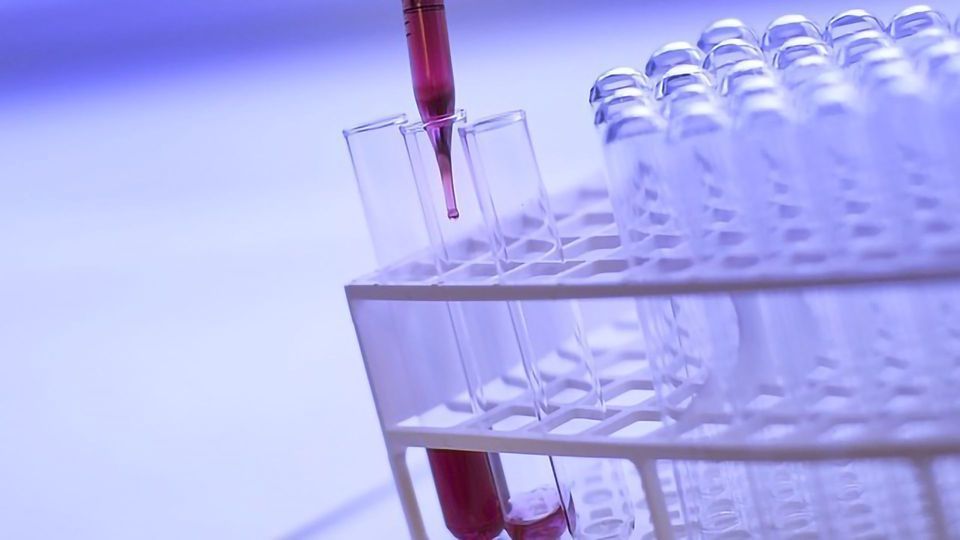Promising Efficacy and Toxicity Data For New Antibody Drug Conjugate

Complete the form below to unlock access to ALL audio articles.
Femtogenix, a UK biotechnology company developing DNA-interactive Antibody Drug Conjugate (ADC) payloads, has announced data verifying the favorable toxicity profile and potent efficacy of its Pyridinobenzodiazepine (PDD) ADC payload platform in tumor cell models.
ADCs are capable of delivering highly cytotoxic payloads directly at the tumor site. When attached to antibodies or other targeting moieties, Femtogenix’s novel PDD platform allows reversible/irreversible DNA minor groove binding, in a sequence-interactive manner, leading to highly targeted cytoxicity towards tumor cells. The payloads are designed to have a novel mechanism of action and IP space compared to existing DNA-interactive payloads, to have minimal hydrophobicity, and to be resistant to P-Glycoprotein pumps in tumor cells.
These new data describe details of Femtogenix’s latest payload molecules for ADC use, and demonstrate that high potency mono-alkylators derived through the PDD platform have a favorable toxicity profile in rats, coupled with potent in vivo efficacy (sub mg/kg doses) and excellent tolerability (i.e., MTDs > 10 mg/kg) when conjugated to antibodies1. Femtogenix also introduced a new class of DNA cross-linking ADC payloads, based on its proprietary PDD platform, with potent in vivo efficacy and substantially enhanced tolerability profiles compared to competing technologies.
Femtogenix has generated data on the specific interaction of these payload molecules with DNA using a variety of biophysical techniques, including DNA footprinting and FRET studies. The molecules have been designed through proprietary molecular modeling methodologies to maximize interaction within the DNA minor groove. The design methodology has led to the creation of molecules with a range of potencies and has also been used to generate novel DNA cross-linking payloads that form unique DNA adduct structures with differing modes of action. Payloads with differing potencies and modes of action may be suitable for particular uses or specific target situations.

